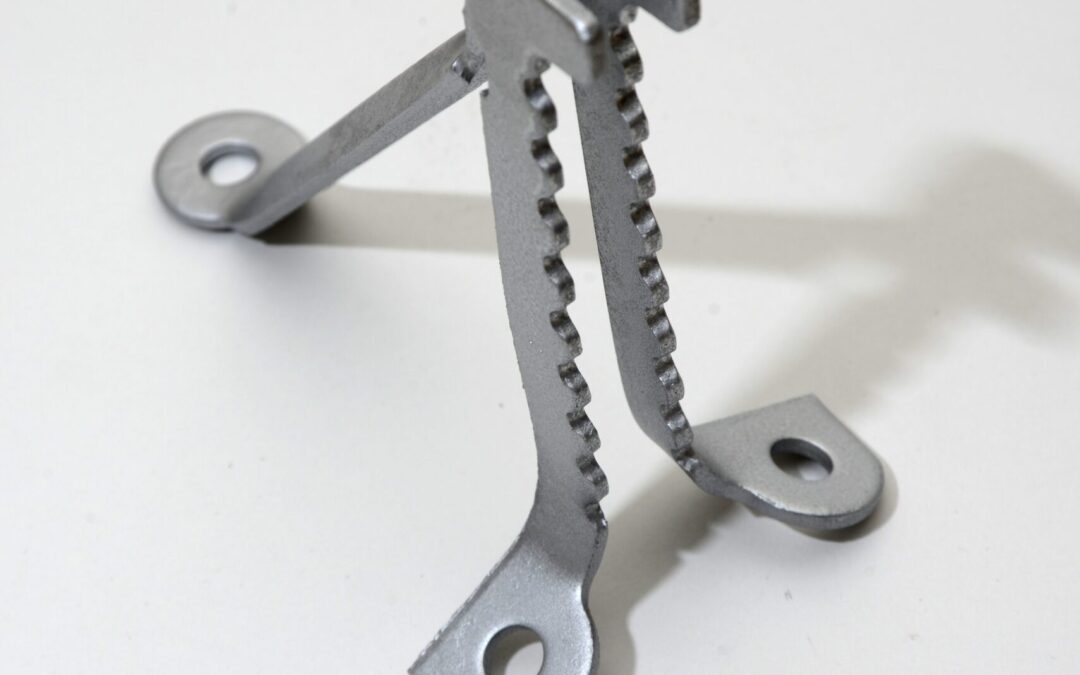A pole step is a specific feature used for electrical power distribution in overhead transmission lines. It is a wooden step mounted on a utility pole allowing workers to climb the pole safely. It helps the workers to access the equipment or perform maintenance tasks on overhead transmission lines. Pole steps helps to ensure the safety and accessibility of the lines for maintenance and repair personnel. It is from materials like steel or aluminum which helps to resist corrosion and increase durability. These feature helps the pole step to withstand the diverse weather conditions in South America. Common types of pole steps include wooden pole steps, metal pole steps, permanent pole steps and retractable pole steps. They find use in various applications such as installation and repair od overhead lines, telecommunications, security and surveillance equipment.
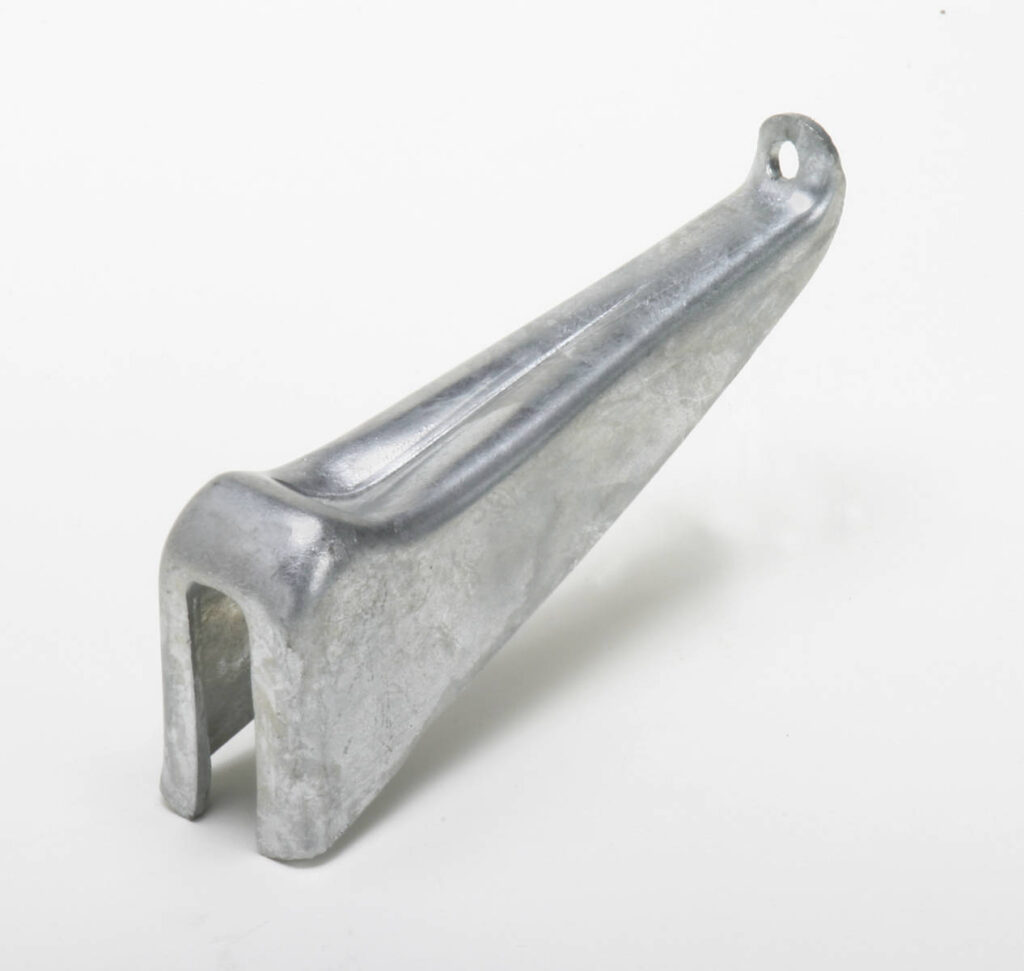
Key features of pole step
The key features of pole steps help to ensure the safety and efficiency of the utility poles. The pole steps help the workers to climb during installation and maintenance of utility poles. The following are the key features of pole steps.
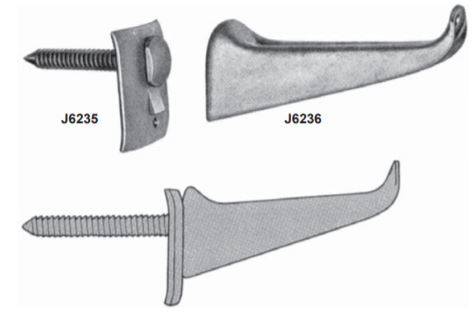
- Secure attachment – pole steps securely attach the utility pole to provide a stable and safe foothold for workers. This is mainly achieved through welding, threading and other methods.
- Weight capacity – pole steps help to support the weight of workers and any equipment carried while climbing.
- Adjustability – they also allow workers to customize the distance between steps.
- Durability – the steps offer durability and are capable to withstand various weather conditions. It is from materials like steel or aluminum that increases longevity.
- Non-slip design – the pole steps also help to prevent accidents caused by slipping especially in wet or icy conditions.
- Corrosion resistance – the steps should be able to resist corrosion and weather conditions. This helps to ensure their structural integrity in various conditions.
- Design – they are compatible with specific types of utility poles such as wooden or concrete poles.
- Ease of installation – the installation should have easy steps for attaching to the utility poles.
- Safety features – some pole steps include extra safety features. This is including locking mechanisms to enhance worker safety.
Selection and installation of pole step
The selection process of pole steps involves considering several factors that influence the choice for your application. These factors include environmental conditions, utility poles, maintenance needs, worker safety, supplier reliability and costs. The installation process should enhance the safety of the utility poles and workers. Additionally, it is advisable to consult with trained and qualified personnel for guidance. The following is a general installation guide for pole step installation.
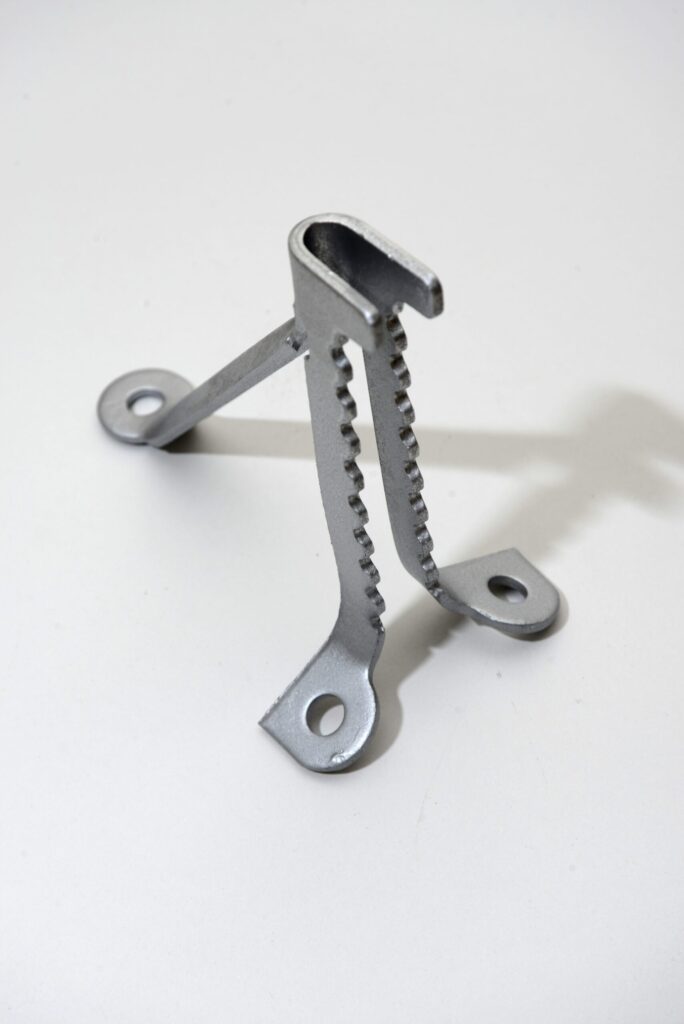
- Safety precautions – ensure all the crew members have protective equipment. This is including hard hats, safety harnesses and gloves.
- Tools preparation – collect all the necessary tools and equipment required for the installation. This includes wrenches, impact drivers, alignment tools and climbing gear.
- Assessment and planning – evaluate the utility pole to determine the suitable locations for installation.
- Preparation of pole steps – inspect the pole steps to ensure they are in good conditions and properly threaded.
- Climbing safety – ensure the installation crew is properly trained n pole climbing and follows safe climbing techniques.
- Attachment – attach the pole steps to the utility pole and ensure proper fastening, alignment and spacing.
- Load testing – conduct load tests to ensure the steps can support the weight of the worker safely. This includes applying a load and verifying the steps remain secure.
- Inspection – conduct an inspection to check for defects and ensure they meet the safety standards.
- Documentation – maintain detailed records of the installation. This is including the ate, location and condition of the pole steps.
Maintenance and inspection of pole step in South America
Proper maintenance and inspection of pole steps helps to ensure the safety and reliability of electrical infrastructure. It also helps to ensure the safety of workers and utility poles in the diverse conditions in South America. The various conditions in the region influence the frequency of maintenance and inspection of the pole steps. Additionally, it is worthwhile to conduct professional maintenance and inspection once in a while. The following is a basic guidance of the pole steps in the South American region.
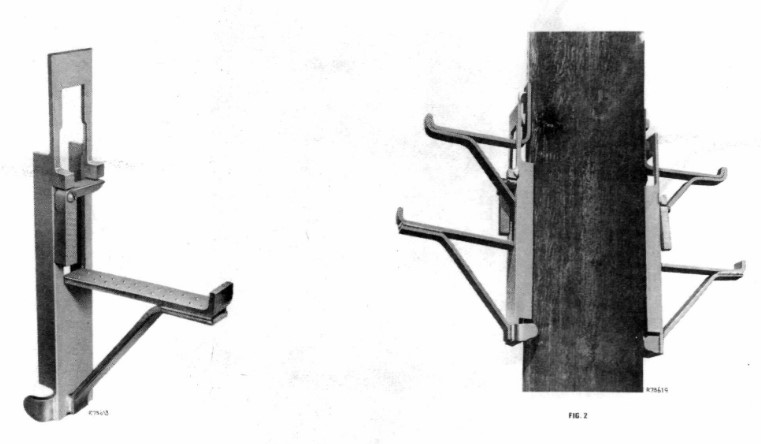
- Conduct regular visual inspection of pole steps to check for signs of wear, damage or corrosion.
- Ensure the pole steps are securely attached to the utility poles and there is no movement or loosening.
- Check the spacing between steps and ensure there is no gaps or overcrowding that could pose safety risks to workers.
- Inspect the pole steps for rust or corrosion especially in coastal regions with high humidity. Replace the pole steps that show signs of corrosion or damage.
- Ensure the proper functioning of any safety features such as locking or swing mechanisms by applying lubricants.
- Clean the pole steps to remove dirt, debris and any other obstacles that may compromise safety. This is through the use of a wire brush and a damp cloth.
- Consider sanding or repainting the affected areas to prevent further deteriorations.
- Maintain detailed records of the inspections and maintenance activities. This is helps to keep track of the conditions of the pole steps.
Comparative analysis of pole steps in South America
A comparative analysis involves the process of evaluating and assessing different aspects of the pole steps. This includes assessing the various types, designs, brands, manufacturers and suppliers in the industry. This helps in selecting the best pole steps for your application. In addition, it helps to provide reliable, efficient and cost-effective solutions for pole climbing. The following are the various factors to include in a comparative analysis in South America.
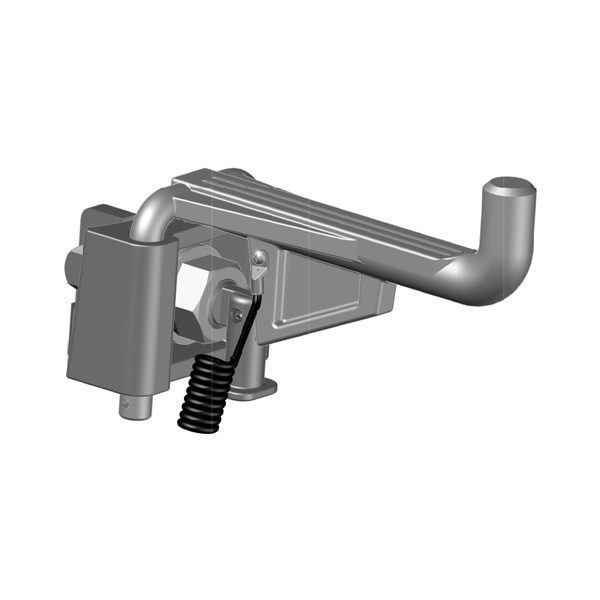
- Material – evaluate the material used in the manufacture of the pole steps. They should be able to withstand the various environmental condition of the region. Consider the resistance to corrosion or termites in wooden poles.
- Safety features – compare the safety features of different pole steps such as non-slip surfaces, secure attachment mechanisms and additional safety elements.
- Cost and accessibility – evaluate the cost of the steps and how accessible they are to the companies in the region. Balance the costs and quality of the pole step.
- Climbing efficiency – consider the design and spacing of the steps for efficient climbing. The steps should provide a comfortable and safe ascent for workers.
- Local preferences and practices – consult with local companies and professionals to understand the most commonly used and accepted pole steps in different regions.
- Maintenance and replacement – evaluate the ease of maintenance and the availability of replacement parts.
- Environmental impacts – consider the environmental impact of the pole steps. This is including factors like recyclability and sustainability.
Certifications and standards for pole steps
Pole steps should comply to various certifications and standards in South America. These standards help to ensure the safety and reliability of workers and utility poles. Also, it is wise to ensure the selected pole step meets all the relevant standards in South America. The following are the various standards and certifications for pole steps.
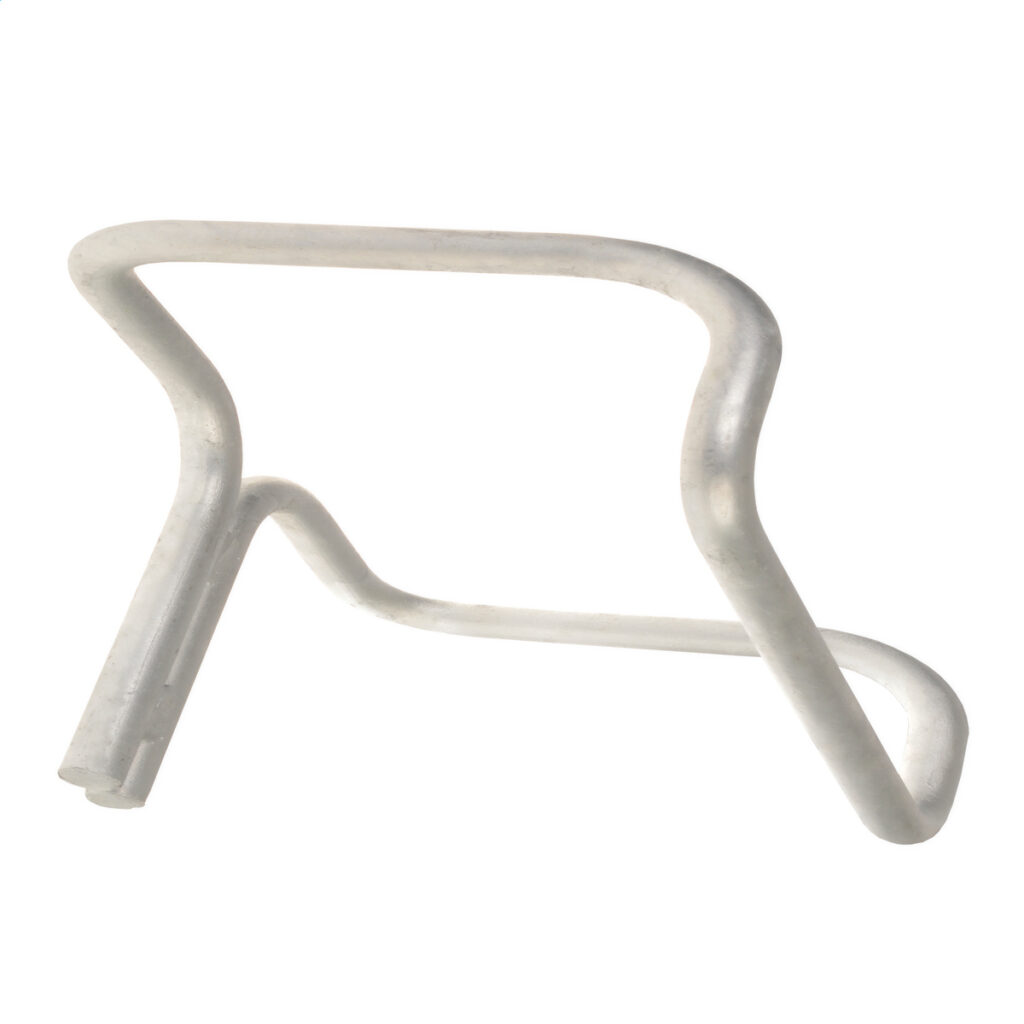
- Local electrical utility regulations – each south American country have their own set of electrical utility regulations. These are specific for utility pole equipment including pole steps. They may also dictate the materials, specifications and safety features for pole steps.
- ISO certifications – these are standards related to safety, materials and quality which influences the design and manufacturing of pole steps.
- ANSI standards – these standards are widely used in the region as reference for the design and safety features of pole steps.
- Local industry associations – these are organizations related to electrical utilities that establish standards and certifications. They may also offer training and guidance to ensure compliance with local requirements.
- ASTM standards – this standard develops and publishes international standards related to materials, construction and safety of utility equipment.
Regional market for pole steps in South America
There are various factors that influence the regional market for pole steps in South America. These are factors like utility infrastructure, climate, regulatory requirements and industry practices. The market of pole steps is in countries like Brazil, Argentina, Chile, Colombia, Peru and Venezuela. The following are the factors that shape the regional market for pole steps.
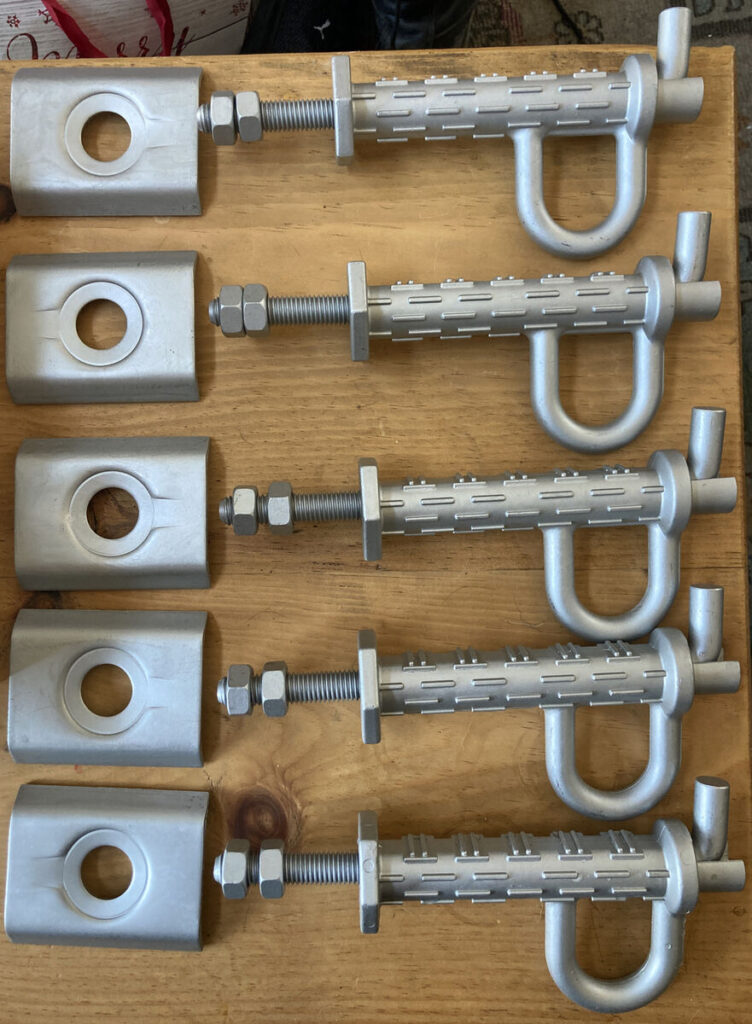
- Energy demand – the demand for electricity in different regions drives the need for upgrades. This results in demand of pole steps.
- Environmental awareness – the increased awareness of environmental lead to preference of eco-friendly materials.
- Supplier network – the availability of reliable suppliers and manufacturers impact the supply of pole steps.
- Economic conditions – the economic conditions of individuals countries and regions can influence the funding of available for infrastructure projects.
Frequently asked questions
pole steps are climbing aids attached to the utility poles to provide workers with a safe means accessing the poles. They help during installation, maintenance and repair of electrical power distribution lines in South America.
Maintenance of pole steps involves regular inspections for wear, damage and corrosion. Cleaning, painting and lubrication also helps to ensure the pole steps are safe and reliable.
Workers using pole steps should receive training in safe climbing techniques, proper equipment usage and adherence to local safety standards.

